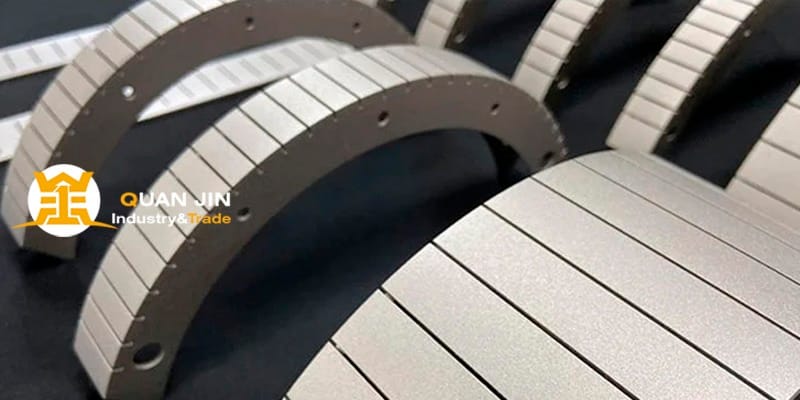Platinum Coated Electrodes
Platinum due to its high conductivity and low consumption, platinum is an anode material. However, taken in to account its high cost, the use of platinum alone is not common. By cladding or electroplating a thin platinum layer on a low-cost substrate, platinum use becomes a more practical solution. In addition, this can also be used to extend the effective anode surface area. For this to function the substrate material must also have the ability to form an insulating oxide film under anodic conditions. The two most commonly used substrates in this case are titanium and niobium.
Platinized titanium anodes are manufactured with a titanium base structure, in the form of either plate, rod, wire, mesh or tube (or any shape as per request).
The electrical conductivity and corrosion resistance of niobium are superior to titanium as is the breakdown potential, which is much higher than that of titanium. However, niobium is more expensive. Titanium oxide has been reported to fail by breakdown at anodic potentials in the 10V range, while niobium films can withstand a breakdown voltage of up to 80V.
More than Twenty years of MMO-coated titanium anode manufacturing experience.Titanium/Niobium-based platinum plated anode process, using electroplating or brush plating process,the appearance is bright silver white, with the characteristics of large anode discharge current density and long service life. Titanium based platinum plated anode process, using electroplating or brush plating process,the appearance is bright silver white, with the characteristics of large anode discharge current density and long service life.












